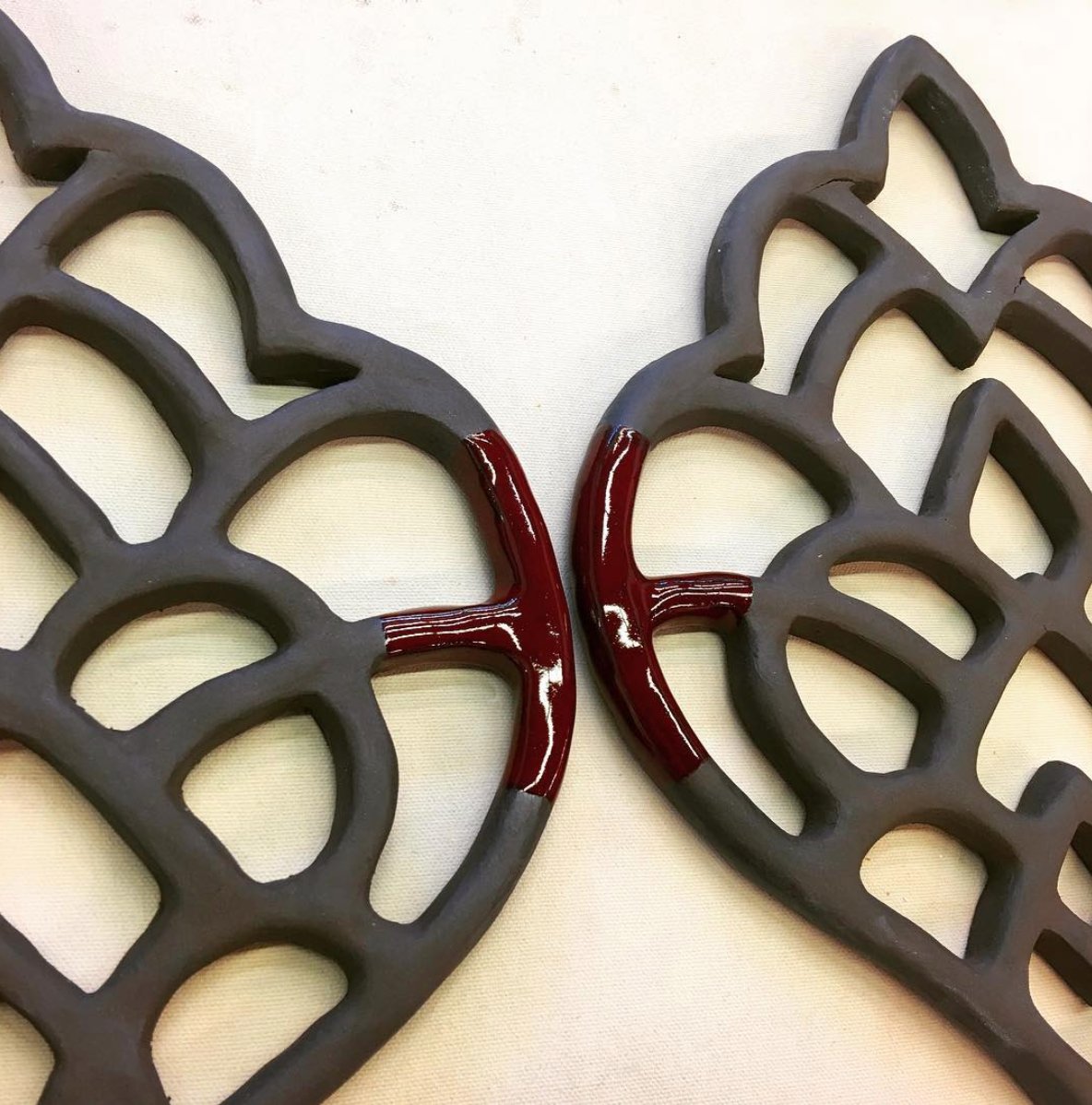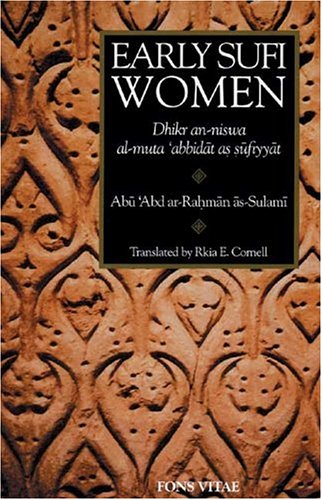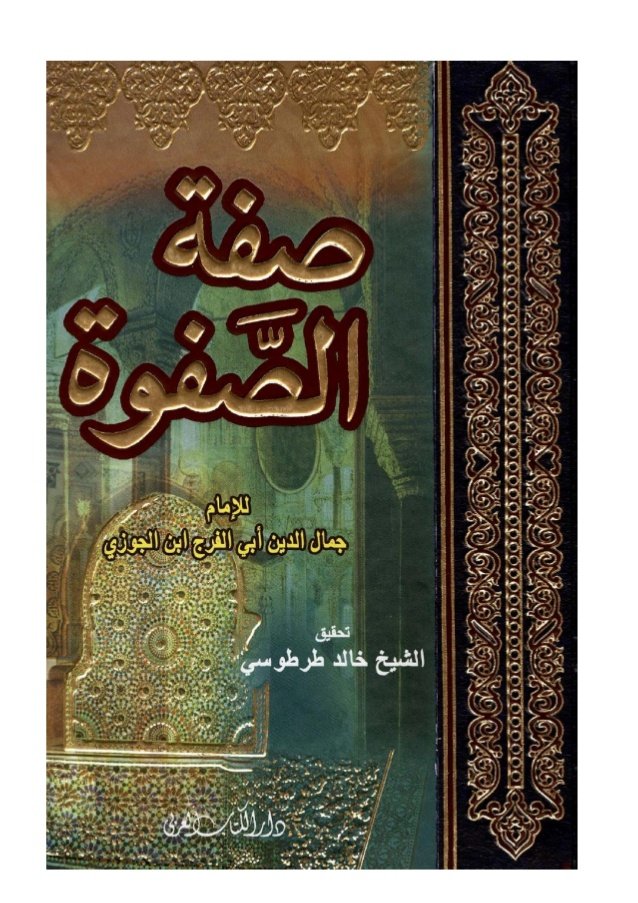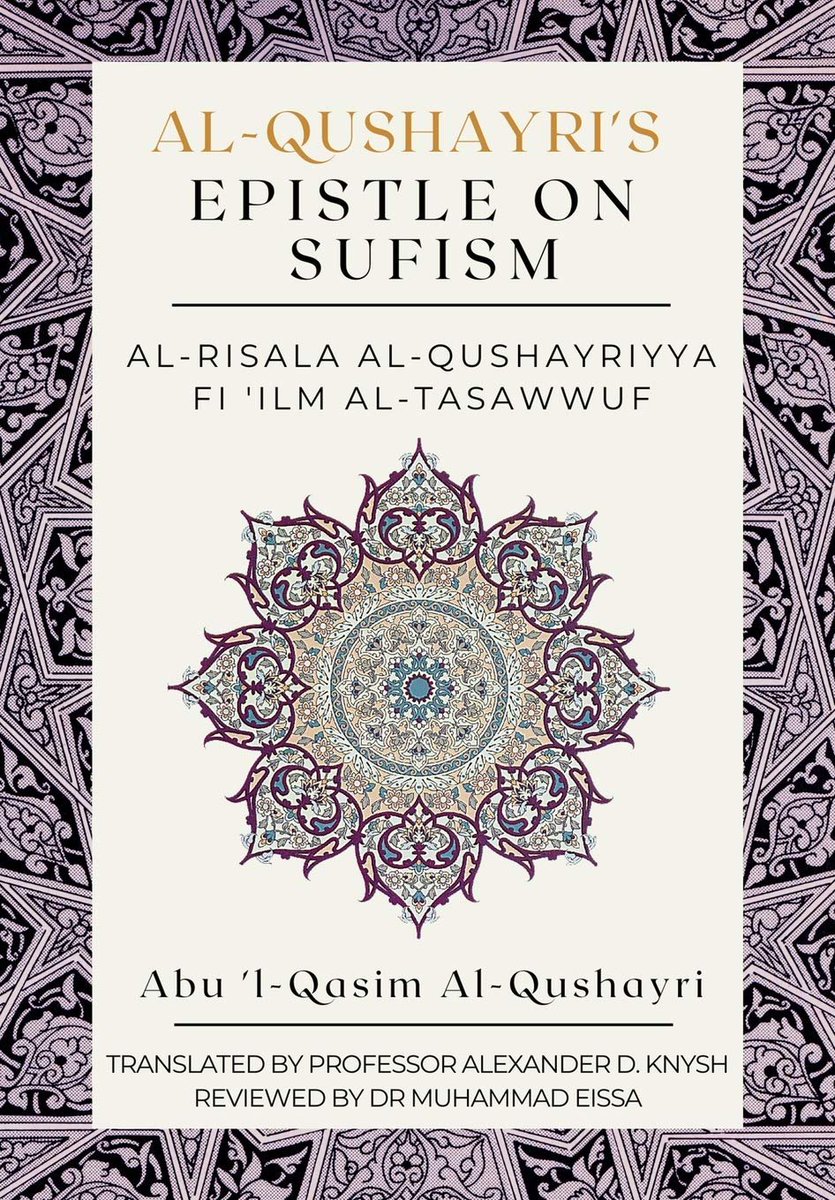
Second in my series about Hafsa bint Sirin (d. 719), Muslim women’s religious life and the history that informs the world of my novels The Sufi Mysteries. Today we look at Hafsa bint Sirin’s role in securing women the right to attend the Eid prayer in Basra. 

I know this seems odd to some, that it was ever thought impermissible, as Eid prayer is typically attended by the whole family. Alas, it was once. And it may be Hafsa who helped make today’s openness to all a thing. 

Before the Hafsa threads, I looked at women’s stubborn piety in the face of some men’s eagerness to push them to the sidelines of religious authority and public religious practice.
https://twitter.com/waraqamusa/status/1368609115837243396?s=20
In the 1st thread on Hafsa, I discussed how over time the ideal of women’s piety came be seen as silence and invisibility. And over these series of threads, we’ll see that Hafsa goes from being an active player to a recluse in the literature.
https://twitter.com/waraqamusa/status/1371113622219415556?s=20
In the 2nd thread on Hafsa, I brought up regionalism: A hadith is transmitted in a city where a problem needs to be addressed while other cities aren’t looking at it, yet over time it comes to be universalized. Like women’s gravesite processions. bit.ly/3ruByaP
Hafsa's hadith is an example of regionalism. While some cities succeeded in legally barring women from attending Eid and others weren’t discussing it, in Basra, where it mattered, Hafsa was able to argue for women’s continued attendance. On regionalism: bit.ly/3w6Jr9W
Two things are happening here:
1. Just because women were legally barred, doesn’t mean that those men who made that decision and their followers were able to stop them because women did it anyway and other men backed them up. bit.ly/31swHfO
1. Just because women were legally barred, doesn’t mean that those men who made that decision and their followers were able to stop them because women did it anyway and other men backed them up. bit.ly/31swHfO
2. Early on, women are still involved in determining the legal outcome of issues that directly affected them. Hafsa was able to win because she was still part of the discussion. Over time, we will find women are almost entirely excluded from the work of legal scholarship.
2a. We often hear people say, but Aisha and other women remained so important in tafsir work! Well...
https://twitter.com/waraqamusa/status/1159804436618854400?s=20
2b. But what about female hadith scholars? There, too, women were told not to travel and attend mixed gender classes at mosques, so women got cut out. They rebound later, but it's not the same. Nadwi’s collection doesn’t tell the whole story. bit.ly/3fk0HCH
Okay, let’s look at Hafsa’s argument! First the Hadith! This is a full account in which I bring together all the elements of the variants together. If you want to see some of the variants singly, I’ve attached them as comments to this particular tweet. 

Hadith can be transmitted with a narrative frame that describes the circumstances of its transmission. We get a window onto the moment when it was needed. Hafsa’s hadith can be reliably traced back to her place and time, so we’re going to take it as what may have happened.
In what follows, I’m going to use my historical imagination to think about what those actual circumstances might have been like. If you want to hear about what I think about the use of imagination in doing history, you can listen to this podcast! bit.ly/2PgYLQL
We know that Hafsa visited female and male scholars and was a well-respected scholar of hadith and Qur’an. While sitting in one of these scholarly circles, someone argues for excluding women from attending Eid and an argument was made for it. Hafsa disagrees.
She has heard a Hadith that argues the exact opposite. In fact, this report demonstrates that women not only attended the mosque for Eid prayers during the Prophet’s day, but that Muhammad insisted that women attend even if they are menstruating or vulnerable.
But Hafsa does not just relay the hadith to her companions and hope for the best, rather using the hadith as a proof-text thrown out to disagree, the frame of the hadith shows that she argued brilliantly for women’s right to attend the prayer.
She starts out by rhetorically taking the side of those arguing against women attending ʿEid prayers. It is a disarming ploy. She begins by saying, “We used to prohibit our girls from going out [for the `eid prayer].” “But then!” she adds.
The “but then” indicating that something changed her mind. It is as if she is saying, “Really, fellows, I’m on your side!” It is a rhetorical claim that sets the whole story up as her objective discovery of the facts of the matter.
After that, she establishes her own authority and that of the secondary transmitter in three ways: (1) states their connection to political elites. (2) states the unassailable moral authority of the primary transmitter as a woman who went into battle with the Prophet, which...
(3) ...which demonstrates that the transmitter had the opportunity to hear these words directly from the Prophet thus guaranteeing the accuracy of the tradition itself. In other words, these are women whose opinion should be taken seriously. Image to quote. 

Here comes the argument: The Prophet’s response to Umm `Atiyya’s question establishes 3 points: (1) The question and answer begin with the assumption that women had *already* been attending. The question makes no sense if women were not already attending. So it sets a precedent.
(2) Attending `eid benefits women’s moral character. And (3) While acknowledging the need for modesty, it asserts that women are not simply permitted to attend, but Muhammad urged them to attend. 

Now, while any reliable hadith narrator would seek out confirmation of the report, the rhetorical tenor of the opening to her argument–taking the side of the opposing opinion–suggests that she continued to use this device.
In this next part, she makes it sound like she nevertheless remained wary about this permission. She is letting her listeners know that she cannot be swayed from prohibiting women’s mosque attendance so easily! 

When she asks Umm Atiyya, she confirms it, swearing on her father’s life, and relays what she heard directly from the Prophet. This direct report from UA shortens and strengthens the line of transmission making the report even more reliable.
So, the version of the report she hears directly from Umm `Atiyya builds on the argument that the Prophet insisted all women go to the mosque as he insists that even sexually vulnerable women and women who are menstruating should go. 

But Hafsa continues to play the part of the skeptic in her transmission! In other words, how can it be that menstruating women who cannot even perform the prayer itself should go?! 

In the closing words, Hafsa shares Umm ʿAtiyya’s answer to this question sealing her argument with a legal analogy. Umm `Atiyya states that the attendance of menstruating women is certainly permissible because it is legally analogous to their attendance at other rituals. 

The narrative frame of Hafsa’s hadith gives us some insight into scholarly women’s experience in legal discussions of the day. Asma Sayeed writes about female hadith transmitters whose transmissions demonstrate their active engagement in legal discussions. bit.ly/2PCITba
All evidence points to Hafsa’s close involvement in the scholarly circles in Basra and that her opinion was taken seriously. I think that Hafsa helped women retain the right to attend the `eid prayers in Basra at least.
But the report also indicates the kinds of struggles women were facing in their public ritual lives, and so it gives a sense of the gravity of the efforts to disenfranchise women from the public ritual life of the community at that time. Which we are only now regaining. 

If you want to read the full version of this discussion in my old linked blog..... here it is! feminismandreligion.com/2015/05/30/rec…
If these series of tweets gets you interested in my novels which are historically-historical historical fiction, all about women, men, gender, authority, and deeply engaging the spiritual transformation of its characters as they solve mysteries, then... llsilvers.com
Next week in Hafsa threads we'll look at exactly how women's piety comes to be associated with women's seclusion. You know that how thing about who women should be praying in a tiny closet within a closet within a closet? Yeah that.... 

(no photographer is cited for this image, nor it's location, nor who it depicts)
• • •
Missing some Tweet in this thread? You can try to
force a refresh










